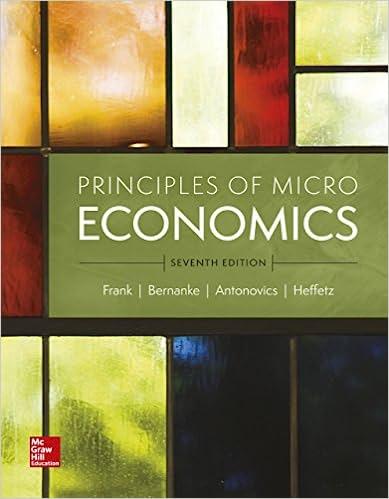Question
QUESTION 1.Suppose a major developed market economy (for example, Canada) opts to switch to communism and a planned economy during the next five years. Would
QUESTION 1.Suppose a major developed market economy (for example, Canada) opts to switch to communism and a planned economy during the next five years. Would this transition be easier to manage now than it was 100 years ago when Russia transitioned to the Soviet economy? Do you think the outcome would be different this time given modern data management and communication tools? Please explain.
QUESTION 2. Suppose we develop a hybrid economic system for the United States, and workers can choose between two employment plans. Under Plan A, workers earn market wages based on their skills, but they may be subject to layoffs or other forms of temporary or long-term unemployment. Alternatively, Plan B provides workers with a fixed salary (equivalent to $40,000 per year in 2021) and full employment until age 70. All workers entering the labor force are under Plan A, but they can switch to Plan B at any time and must remain under Plan B if they choose this option. Based on your study of different economic systems, how well with this hybrid economy perform? What are its biggest advantages? What are the biggest potential problems? Please use what we have learned about different economic systems to support your responses.
QUESTION 3. Based on your reading of the assigned chapters, which country has experienced the largest change in economic circumstances since 1950? Please explain your response.
QUESTION 4. As socialist economies transition toward capitalist systems, the government commonly sells publicly controlled companies and privatizes these state-owned enterprises. Which type of economy is expected to generate higher values for the privatized assets, a planned socialist economy or a market socialist economy? Please explain your response.
QUESTION 5. Under the most recent stimulus package issued by the US federal government, the full payments were $1,400 per person for single taxpayers earning less than $75,000 and for couples earning less than $150,000. Suppose we consider another version of the stimulus program - the full payment would be $2,500 per person for single taxpayers earning less than $37,500 and for couples earning less than $75,000. Relative to the most recent stimulus package, how would this revised stimulus program impact the share of stimulus immediately spent and not saved, GDP growth, and the equality of income distribution in the US?
Step by Step Solution
There are 3 Steps involved in it
Step: 1

Get Instant Access to Expert-Tailored Solutions
See step-by-step solutions with expert insights and AI powered tools for academic success
Step: 2

Step: 3

Ace Your Homework with AI
Get the answers you need in no time with our AI-driven, step-by-step assistance
Get Started


